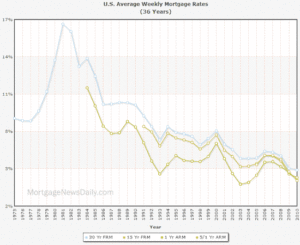The Federal Housing Administration (FHA) is a government agency that exists to help low income families and first time home owners achieve the American Dream of owning a home. The FHA offers direct mortgage loans or insures (guarantees payment to lenders) loans. The FHA costs the tax payers nothing; it operates from the mortgage insurance payments made by the homeowners.
When the FHA guarantees a loan, traditional lenders are more likely to offer a loan to a higher risk/low income family. This all sounds like a win-win situation. However, up until recently there was one problem. The FHA would only insure a mortgage up to a maximum amount of $362,790. With the rising cost of housing, this limit was often not sufficient, leaving many Americans still unable to obtain a mortgage.
Changes to Loan Limits
In February 2008, the FHA instituted a temporary Stimulus Package which raised the FHA maximum loan limit to $729,750. The Stimulus Package was slated to be in effect until December 31, 2008.
The Housing and Economic Recovery Act of 2008 has established that beginning January 1, 2009 the new loan limits of a single family home in a low cost area will be up to $271,050 and the loan limit of a single family home in a high cost area will be a maximum of $625,500. This permanent change is nearly double the previous maximum loan limit.
U.S. Department of Housing and Urban Development (HUD) Secretary, Steve Preston, recently stated that “these new loan limits will ensure FHA can continue to help struggling homeowners refinance into safe, affordable government-insured loans, and allow many first-time buyers take advantage of today’s buyers market.”



